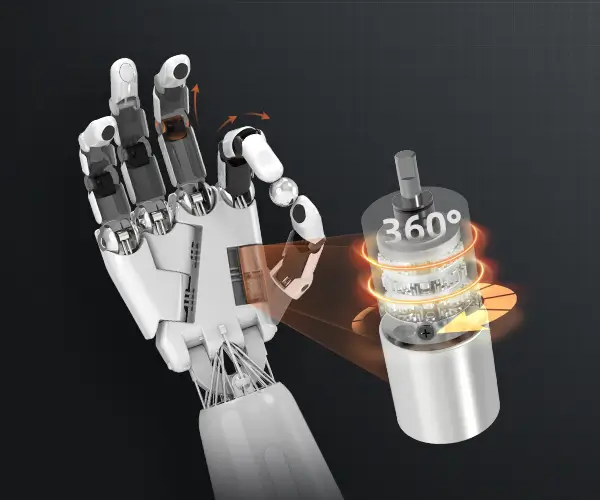part 1:
Unveiling Precision: The Art and Science of Servo Motor Control Systems
In an era where automation defines progress—from manufacturing lines to aerospace pathways—servo motor control systems stand at the heart of technological excellence. They are the silent heroes working behind the scenes to ensure machines move accurately, efficiently, and reliably, propelling industries into a future of unparalleled precision.

What Is a Servo Motor Control System?
At its core, a servo motor control system is a sophisticated mechanism designed to manage the movement of a servo motor with exceptional accuracy. Unlike simple motors that spin freely when powered, servo systems are equipped with feedback loops, sensors, and controllers that constantly monitor and fine-tune the motor's position, speed, and torque.
This arrangement allows for precise control over complex movements, enabling machines to perform tasks such as robotic arm positioning, CNC machining, camera stabilization, and even prosthetic limb control—tasks that demand unwavering accuracy.
The Anatomy of a Servo System
Breaking down the essentials reveals three key components:
Servo Motor: The heart of the system, typically a brushed or brushless DC motor, responsible for converting electrical energy into mechanical motion. Brushless options are gaining popularity due to their efficiency, durability, and quiet operation.
Feedback Device: Usually an encoder or resolver, this sensor constantly relays position and speed data back to the controller, providing real-time information crucial for precision.
Controller: Acting as the brain, the controller interprets feedback signals and adjusts power supplied to the motor, ensuring the output matches the desired parameters set by the user or system program.
How Does It Work?
Imagine guiding a robot arm to pick up a delicate object. The system receives a command—move to a specific position—and activates the motor. As the arm moves, the feedback device continually measures its position, feeding this data back to the controller.
If the arm slightly overshoots or lags behind, the controller adjusts the current supplied to the motor, correcting the movement. This tight loop of feedback and adjustment occurs thousands of times per second, resulting in motions that are smooth, precise, and repeatable.
Advantages Over Conventional Motors
The key distinction of servo systems is their ability to deliver:
High Precision: Achieving angular resolution often less than a degree. Fast Response: Rapid acceleration and deceleration tailored to application needs. Position Control: Ability to hold position precisely against external forces. Flexibility: Easily programmable for a variety of tasks. Efficiency: Reduced energy consumption through smart control.
These qualities have made servo motor control systems indispensable in sectors demanding meticulous movement, such as aerospace, medical devices, automation, and even entertainment technology like camera gimbals.
Types of Servo Motors
The choice of servo motor influences the performance and suitability for specific tasks. The most common types include:
Brushed DC Servo Motors: Simpler and cheaper but require more maintenance due to brushes.
Brushless DC (BLDC) Motors: Offer higher efficiency, longer life, and quieter operation, making them a popular choice for modern systems.
AC Servo Motors: Used in high-power applications like large CNC machines, they feature robust construction and high torque capabilities.
The Role of Control Algorithms
Behind the scenes, control algorithms form the backbone of a servo system’s effectiveness. Popular algorithms include:
Proportional-Integral-Derivative (PID): The most common, balancing speed and stability.
Model Predictive Control (MPC): Useful for complex systems requiring prediction of future states.
Adaptive Control Strategies: Adjust parameters in real-time to compensate for changing conditions.
Real-World Applications
Servo motor control systems drive much of the modern world's automation infrastructure:
Robotics: Precise joint control for manufacturing, surgical robots, and space exploration. Industrial Automation: Positioning conveyor belts, assembly lines, and packaging machinery. Aerospace: Flight control surfaces and satellite positioning. Consumer Electronics: Camera stabilization, 3D printing, and smart appliances. Medical Devices: MRI machines, robotic surgical systems, and prosthetics.
As innovation accelerates, the evolution of servo control systems is poised to embrace integration with AI and IoT, paving the way for smarter, more autonomous machinery.
Kpower has delivered professional drive system solutions to over 500 enterprise clients globally with products covering various fields such as Smart Home Systems, Automatic Electronics, Robotics, Precision Agriculture, Drones, and Industrial Automation.




































